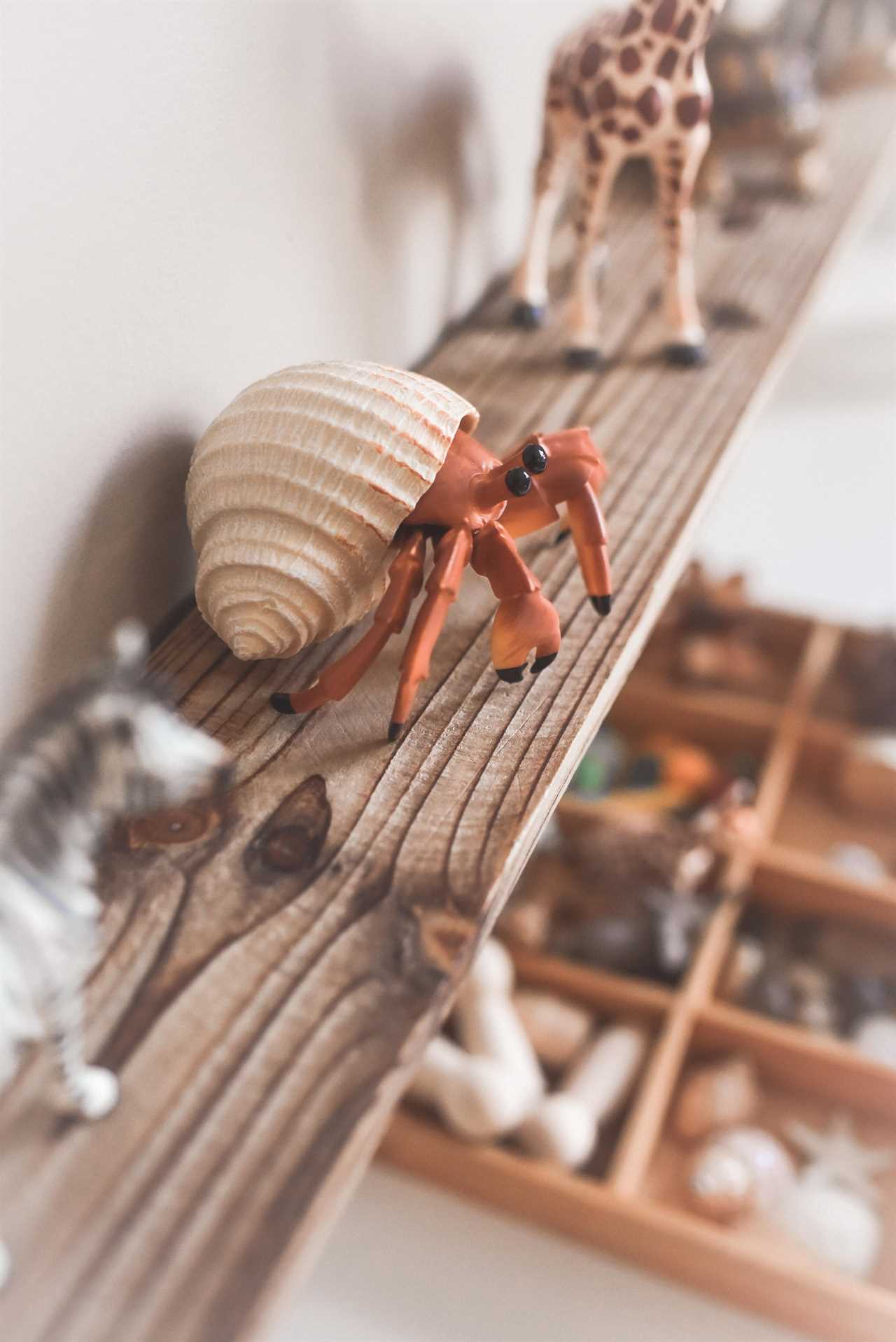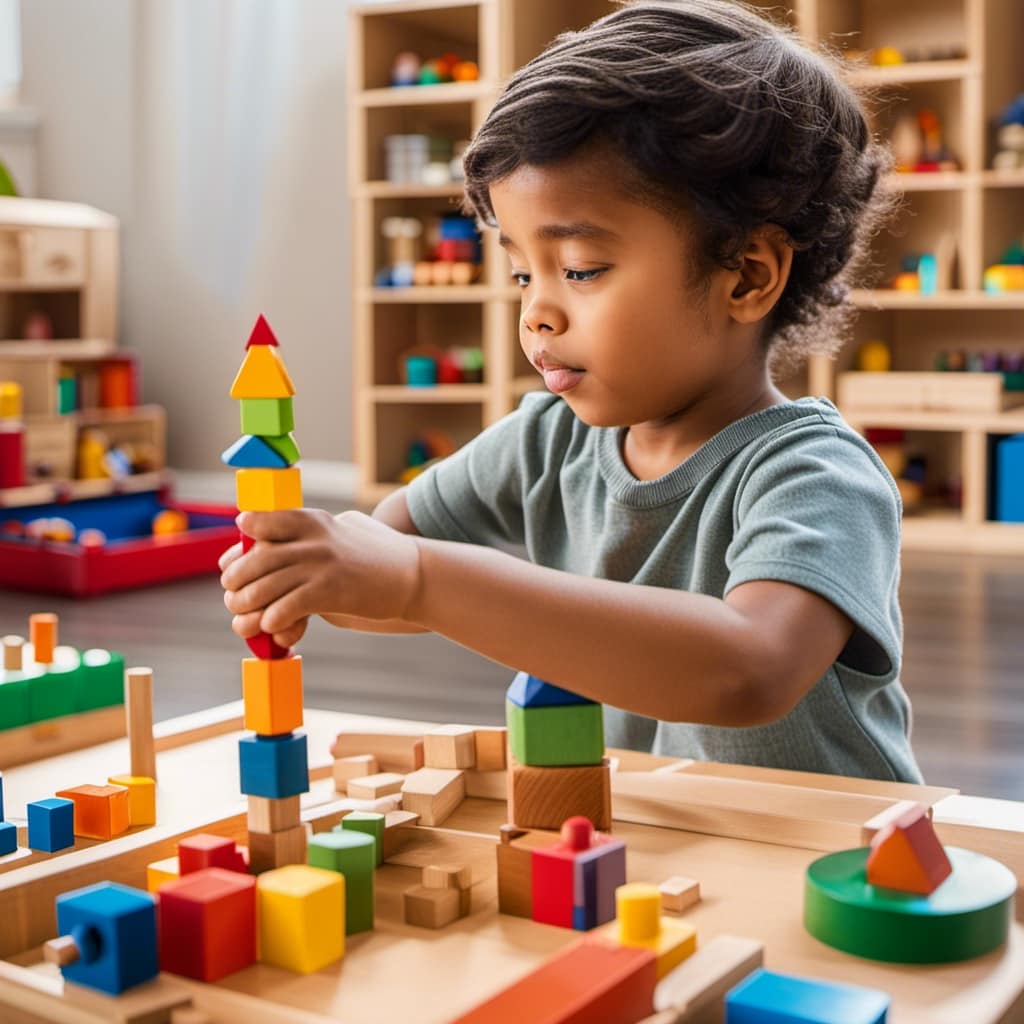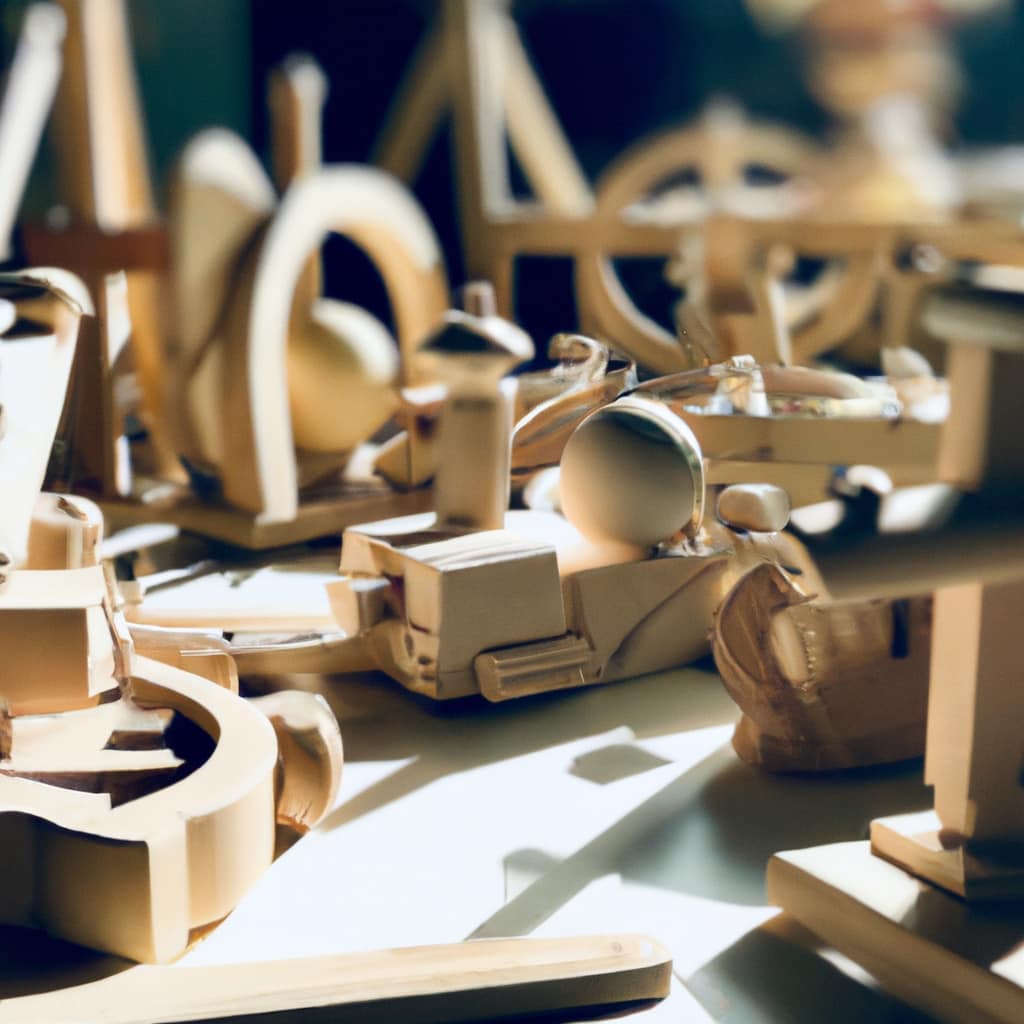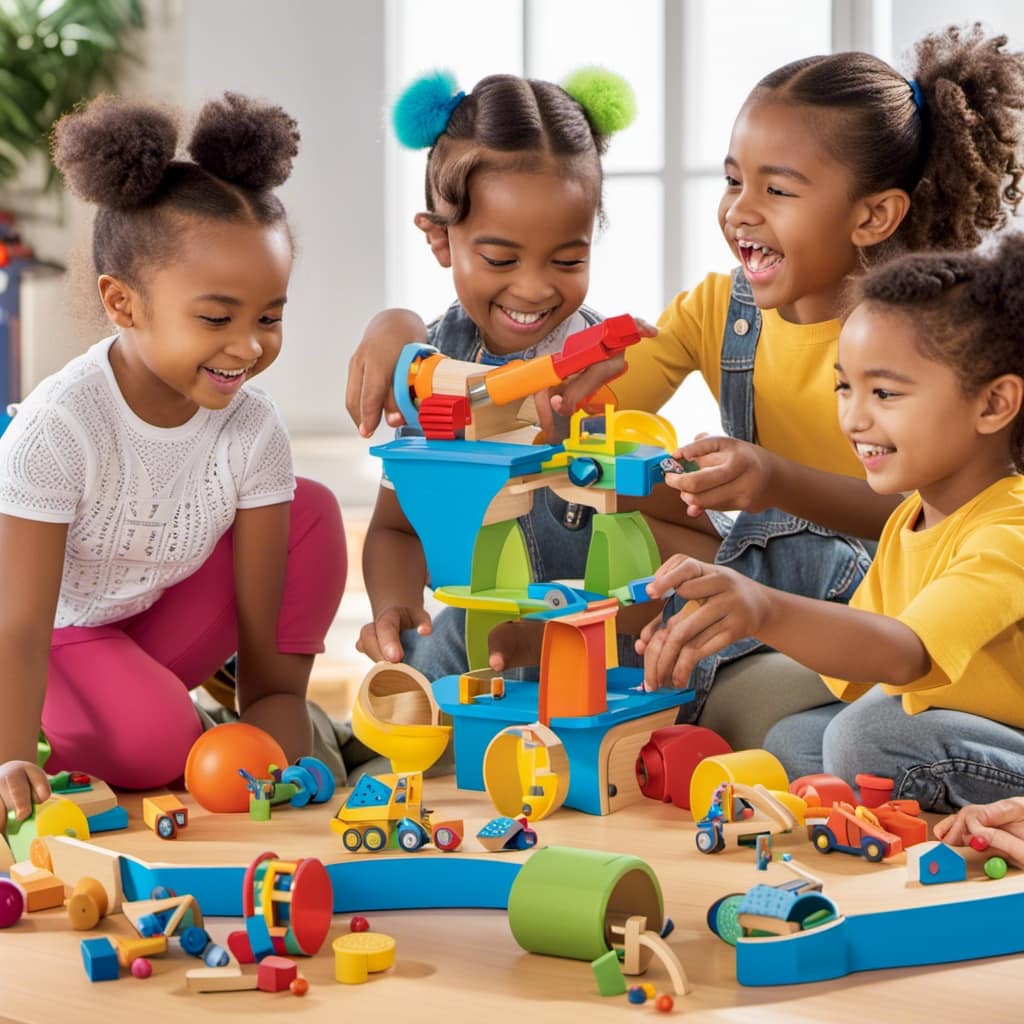Tired of buying educational toys that quickly wear out or break? Don’t worry, we’ve got you covered! Check out this article for some important maintenance tips to keep your favorite educational toys in top condition.
We’ll show you how to clean, store, inspect, and even repair your toys. Plus, we’ll teach you the art of rotating toys to keep your little ones engaged and learning.
Say goodbye to the frustration and hello to a longer lifespan for your educational toys! Let’s dive in and discover the secrets to maintaining these valuable learning tools.
Key Takeaways
- Use gentle cleaning methods and sanitize with mild soap and water to ensure longevity and safety.
- Store toys in designated containers with lids, label them, and keep them off the floor to protect from dust and damage.
- Regularly inspect toys for safety, non-toxicity, and wear and tear.
- Repair broken parts and ensure the toys are age-appropriate and aligned with Montessori principles.
Cleaning Montessori Toys
When it comes to cleaning Montessori toys, it’s important that we use gentle cleaning methods to ensure their longevity and safety. Sanitizing Montessori toys is crucial to keep them free from germs and bacteria that can be harmful to children.

To sanitize these toys, we can use a mixture of mild soap and warm water. Gently scrub the toys with a soft cloth or sponge, paying extra attention to any crevices or hard-to-reach areas. After cleaning, rinse the toys thoroughly to remove any soap residue.
Disinfecting Montessori toys can be done by using a solution of 1 part vinegar to 1 part water. Spray this solution onto the toys and let it sit for a few minutes before wiping it off with a clean cloth.
Remember to always air dry the toys completely before allowing children to play with them again. By following these gentle cleaning methods, we can ensure that Montessori toys remain safe and durable for many years to come.
Storing Montessori Toys
To properly store Montessori toys, we recommend placing them in a designated storage area using containers with lids. Storing Montessori toys in this way helps to keep them organized and protected from dust and damage.

When choosing containers, opt for ones that are sturdy and transparent, so you can easily see what toys are inside. Label each container with the type of toys it contains, such as puzzles, blocks, or sensory toys, to make it easier to find what you need.
Additionally, consider using shelves or cubbies to store the containers, keeping them off the floor and creating a visually appealing display.
Inspecting Montessori Toys
One essential care tip for Montessori toys is regularly inspecting them. Inspecting toy quality ensures that the toys are safe and in good condition for children to use. Here are some key things to look for when inspecting Montessori toys:
- Check for any loose or broken parts that could pose a choking hazard.
- Examine the materials used, ensuring that they’re non-toxic and durable.
- Look for signs of wear and tear, such as peeling paint or frayed edges.
- Make sure the toys are age-appropriate and suitable for your child’s developmental stage.
- Consider the educational value of the toy and whether it aligns with Montessori principles.
By inspecting Montessori toys regularly, you can ensure that they remain safe, effective, and enjoyable for your child to play with.

Additionally, choosing appropriate Montessori toys that are well-made and educational will enhance your child’s learning experience.
Repairing Montessori Toys
Now let’s delve into the important topic of how to repair Montessori toys and ensure their longevity and continued usefulness for our children.
As parents, we understand the value of these toys in our child’s development, so it’s essential to know how to fix them when they get damaged.
The first step is to identify the issue. Is it a broken part, a loose connection, or a tear in the fabric? Once you’ve identified the problem, you can start finding replacement parts.

Many Montessori toy manufacturers offer spare parts, so check their websites or contact customer service. If you can’t find replacement parts, consider reaching out to local toy repair shops or searching online marketplaces for similar toys that can be used for spare parts.
Rotating Montessori Toys
When rotating Montessori toys, we ensure a variety of learning opportunities for our children. By regularly switching out their toys, we keep their playtime engaging and exciting. Here are some reasons why rotating Montessori toys is beneficial:
-
Promotes sensory play: Different toys offer various textures, colors, and sounds, stimulating different senses and promoting sensory exploration.
-
Prevents boredom: Rotating toys prevents children from getting bored with the same toys and encourages them to explore new ones, keeping their interest and curiosity alive.

-
Develops new skills: Introducing age-appropriate toys that align with your child’s developmental stage allows them to learn new skills and expand their knowledge.
-
Encourages creativity: New toys can inspire imaginative play and creativity, as children explore different ways to use and interact with them.
-
Promotes independence: Rotating toys gives children the opportunity to make choices and decide which toys they want to play with, fostering independence and decision-making skills.
Frequently Asked Questions
Can I Clean Montessori Toys With Regular Household Cleaning Products?
Sure, we can clean Montessori toys with regular household cleaning products. However, it’s important to consider the effectiveness of natural cleaning products, as they may be gentler and safer for the toys.

How Often Should I Inspect Montessori Toys for Damage?
When should we inspect our educational toys for damage? Regular inspections are crucial for toy maintenance and ensuring a longer lifespan. Let’s find out how often we should check for any wear and tear.
Is It Necessary to Rotate Montessori Toys if My Child Is Still Interested in Playing With Them?
Yes, it’s necessary to rotate Montessori toys even if your child is still interested. It keeps their playtime fresh and stimulates their development. Plus, it prevents boredom and encourages exploration.
Are There Any Specific Storage Requirements for Montessori Toys?
Specific storage requirements for Montessori toys include keeping them in a clean and organized manner. This ensures that they are readily available for your child’s learning and prevents any damage or loss.
What Are Some Common Signs of Damage in Montessori Toys That Can Be Repaired?
To properly maintain Montessori toys and extend their lifespan, it is important to recognize common signs of damage that can be repaired. By addressing issues promptly, we can ensure these educational tools continue to serve and inspire.

Conclusion
In conclusion, taking care of educational toys is absolutely crucial for their longevity and effectiveness. Neglecting to clean, store, inspect, and repair these toys can lead to a devastating impact on a child’s learning experience.
It’s like depriving them of a world of knowledge and fun!
So, let’s make a promise to ourselves to give our educational toys the love and care they deserve. Together, we can create a thriving environment for our little ones to learn and grow.










